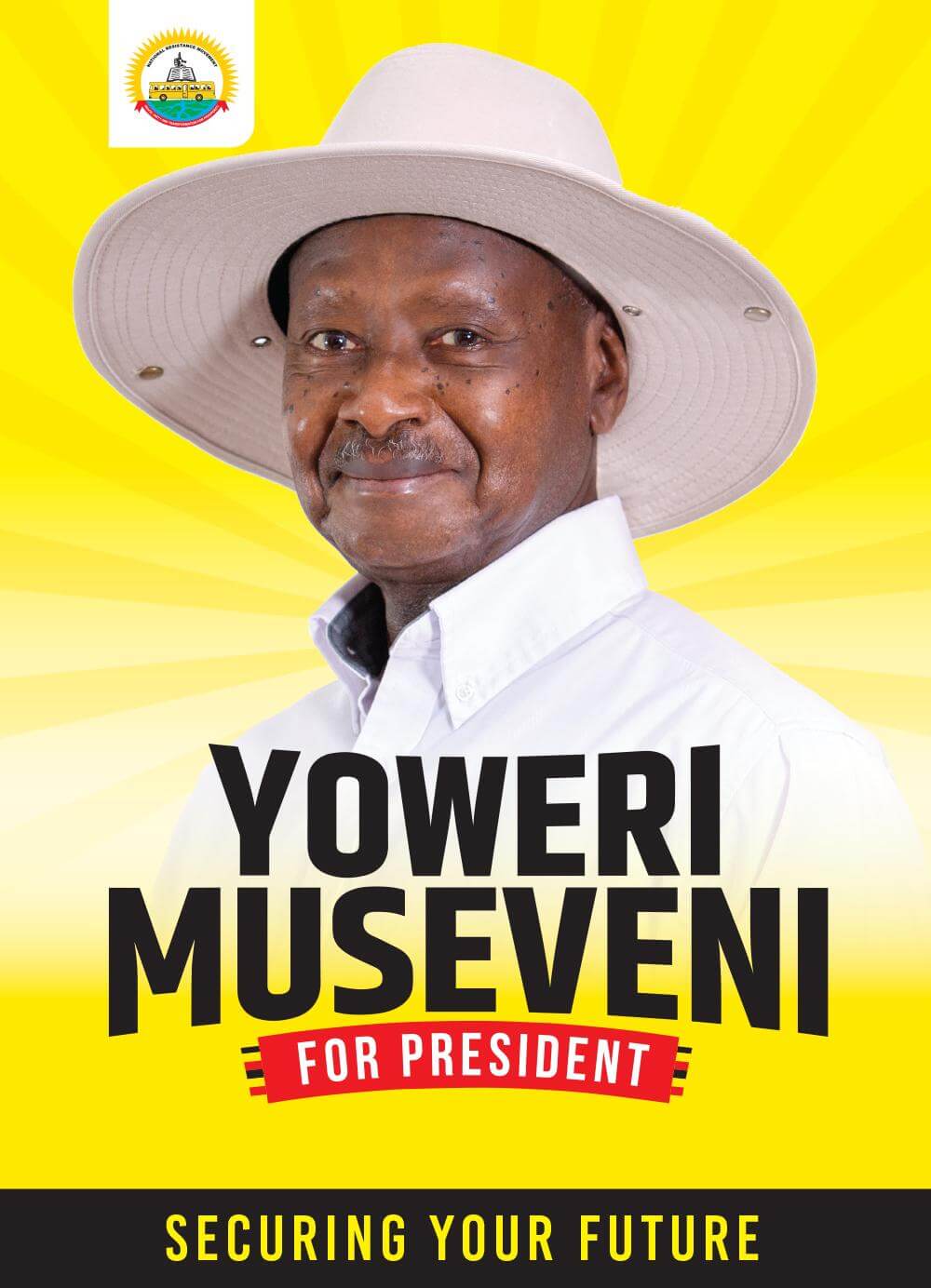His Excellency Ramaphosa, the President of South Africa; and all their Excellencies who are here today. I am here representing the 6 African Countries of the East African Community as the Chairman for this year. The East African Community (EAC) is comprised of: Kenya, Tanzania, Rwanda, Burundi, South Sudan and Uganda. Our population is now 168 million people and our combined GDP (PPP) is now US$ 440 billion. By 2050, the population of East Africa will be 878,236,244 people.
East Africa is, of course, part of the Continental Free Trade Area (CFTA), which comprises most of the 1.25 billion people of Africa.
The EAC has already achieved the Common Market and the Customs Union status. This has helped businesses in East Africa grow. There are quite a number of Industries that greatly benefit from this integration of the East Africa Markets: cement, steel, milk, grain and cereals, veterinary drugs, just to mention a few of them. It will also benefit auto-mobiles manufactured or assembled in East Africa, the pharmaceuticals, some of the electronic machinery, etc., etc.
The BRICS Countries could easily find investment opportunities in East Africa in value addition to cereals, fruits, milk products, fish products, forest products, beverages, minerals such as iron ore, copper, nickel, tungsten, cobalt, coltan etc. These minerals produce steel and copper that are needed in all basic industries and are also alloys for metal products for specialized purposes such as heat resistance. We no longer want to export raw-materials for which we get only 10% of the value and also export jobs. The good example in this area is the Chinese Company Guanzhou DongSong Energy Group, that has invested US$ 650 million in using Uganda’s huge deposits of phosphates and iron-ore to produce fertilizers and steel. The whole spectrum of other opportunities exist. The steel and phosphates complexes will save East Africa US$420 million in imports and create 1.2 million jobs. There is also a huge market of electronics and other heavy and light engineering products.
Moreover, the BRICS countries or their companies could invest in some of the Infrastructure elements such as building electricity generating units, the modern railways, some of the roads, some health units and some tourism units. The rate of return on investment for the companies in East Africa is always of a magnitude of 11%, compared to 9 % in Europe, 8 % in Latin America and 13 % in Asia. The rate of return in East Africa will improve with improved infrastructure which means lower costs of production.
On the side of infrastructure, I particularly point out the plan we have for the Railway from Kenya, through Uganda to Congo, Rwanda, Burundi, South Sudan and Ethiopia. Tanzania is also developing a Standard Gauge Railway line from Dar-es-Salaam to Uganda, Rwanda, Burundi and through Lake Tanganyika to Congo. Such good infrastructure would enable us to trade more easily with Congo, Sudan, Ethiopia, as well as linking more easily with the outside World through the Ports of Mombasa, Dar-es-Salaam, Lamu, Tanga, etc.
The economic-political integration of East Africa, is enshrined in our treaty, is assisted by the similarities of our people’s in terms of languages and customs, geographical proximity and inter-dependence and the historical linkages of our People’s which the progressive forces in our area have been working hard to enhance. Above all, we are assisted by the heritage of a lingua franca, in the form of Swahili, which is easy to learn and is already historically spoken in Tanzania, Kenya, Congo, Uganda, Rwanda, Burundi, Northern Mozambique and in even parts of Zambia and the Comoro Islands.
The advantages of 1.3 billion Chinese in a land area of 3 million Square miles, 1.25 billion Indians in a land area of 1 million square miles, 150 million Russians in a land of 5.3 million square miles of land and 200 million Brazilians in a land area of 3.29 million square miles are not lost and have never been lost on the Pan Africanists in Africa. Therefore, our partners in BRICS should be aware of the sustained integration efforts in Africa that will, in the end, rationalize the interactions between us and the BRICS powers.
Finally, I salute the BRICS Countries for starting this forum. Three of the forum members were our partners in the anti-colonial struggle. These were: the Soviet Union (Russia), China and India. One of the five, South Africa, was part of the resistance effort. Brazil has a huge section of their population being people of African descent. We salute, commend and encourage the BRICS Countries to continue and, when we need to, we co-ordinate. I am amazed to see some People who describe themselves as Africans “demonstrating” against BRICS. Those Africans seem not to know who their enemy is. If you do not know, ask; do not kutomera (bump into some situations). The BRICS Countries have always been part of our struggles, or they are part of us (Brazil) or were, actually, part of the struggles (South Africa). The BRICS and ourselves have every right to organize ourselves for mutual support.
I thank you.


